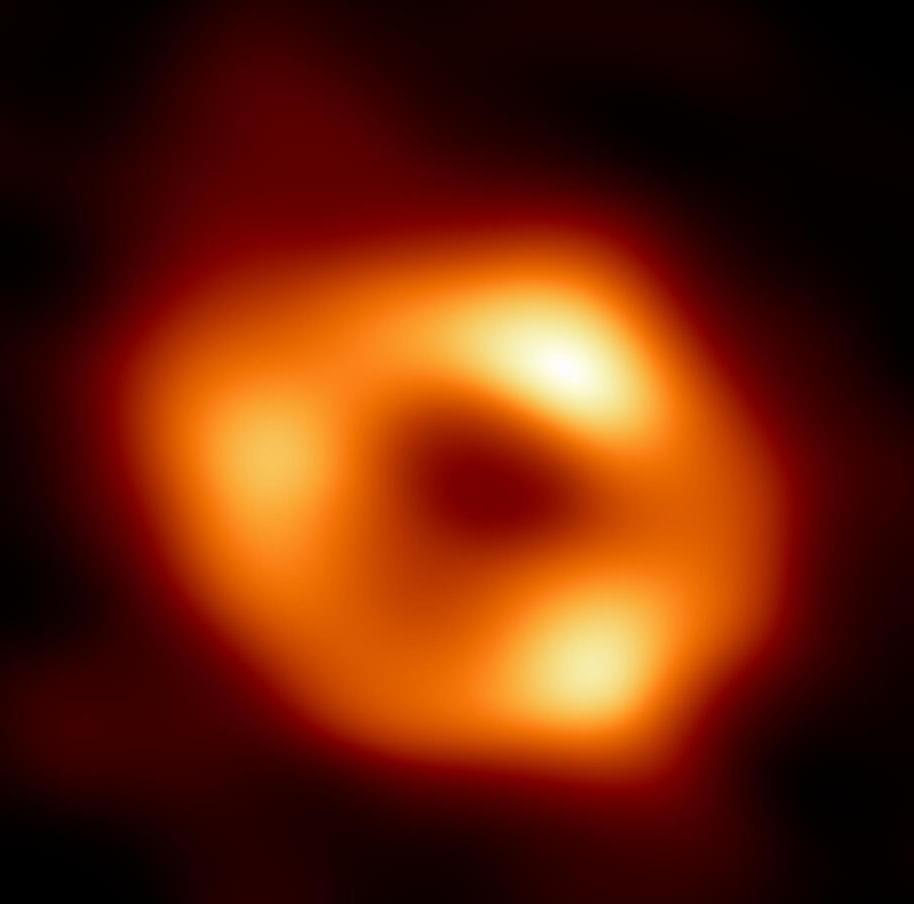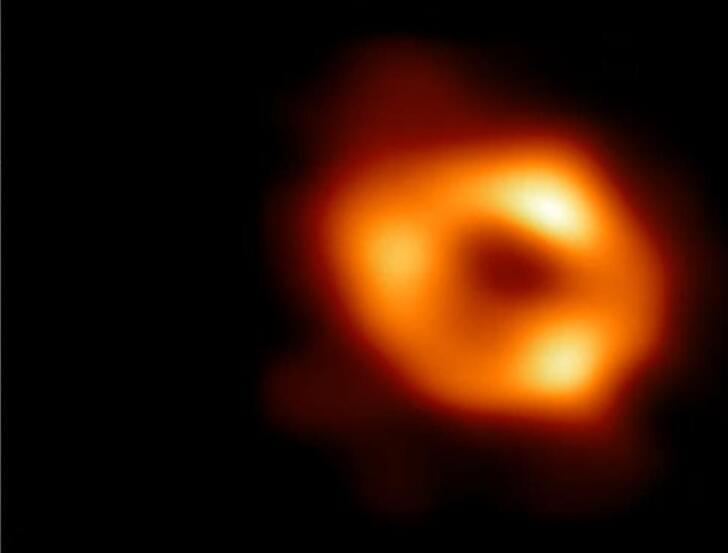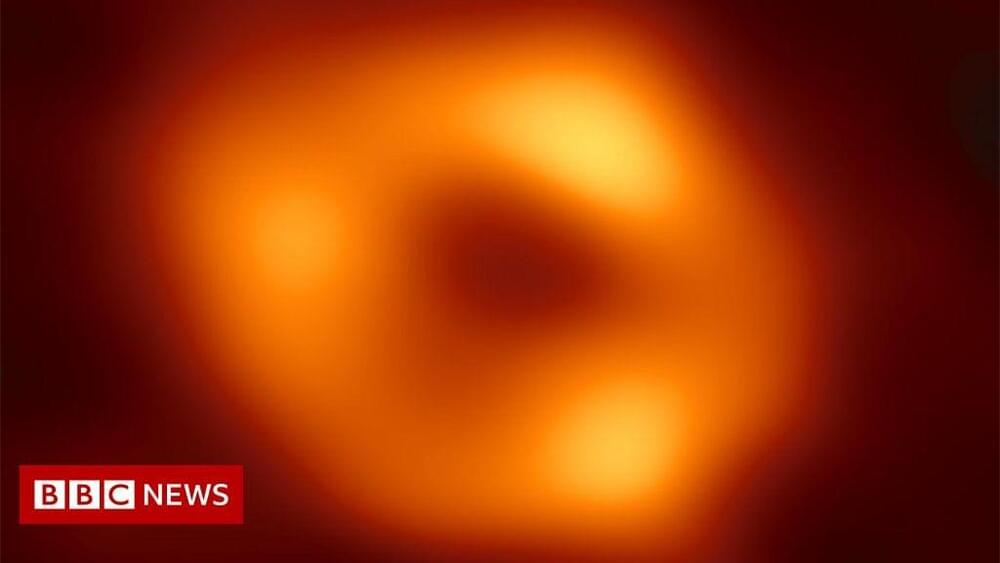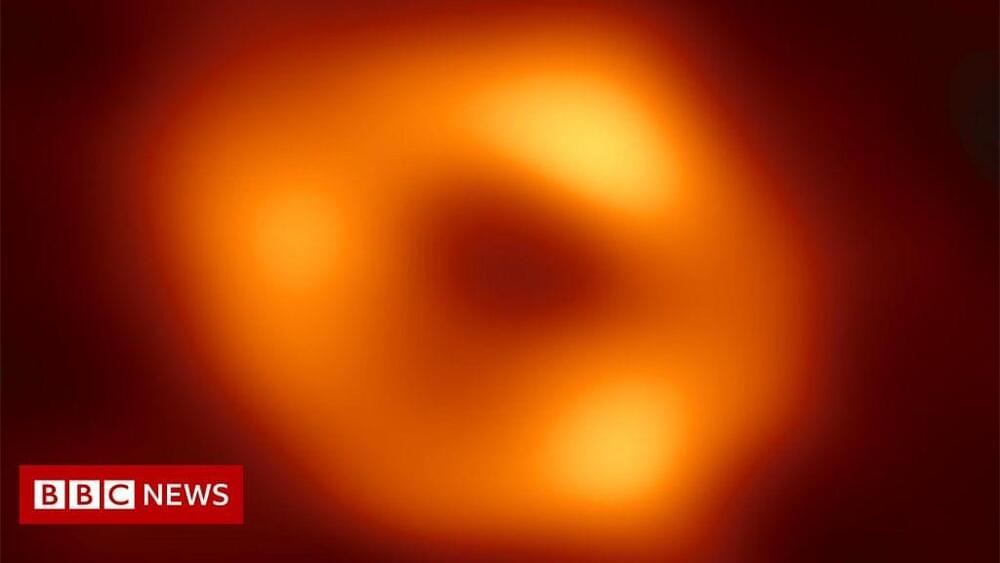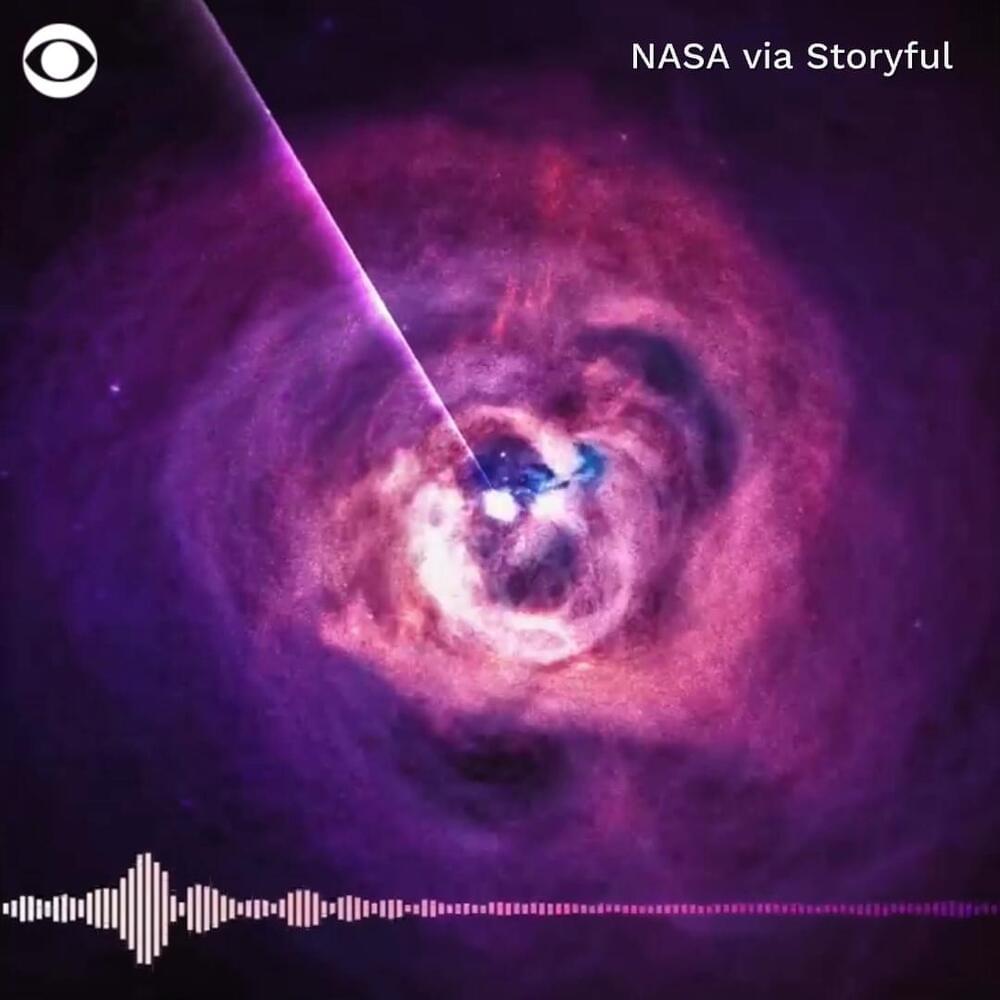To subscribe to Brian’s YouTube Channel, just click here 👉
Wouldn’t it be cool to have a little black hole in your office? You know, maybe as a trash bin. Or to move around the furniture. Or just as a kind of nerdy gimmick. Why can we not make black holes? Or can we? If we could, what could we do with them? And what’s a black hole laser? That’s what we’ll talk about today.
The Press and Teukolsky paper about the black hole bomb is here:
https://www.nature.com/articles/238211a0
The paper about black hole lasers by Corey and Jacobson is here:
https://journals.aps.org/prd/abstract/10.1103/PhysRevD.59.
The paper about the observation of black hole lasing in an analogue black hole is here:
https://www.nature.com/articles/nphys3104
You can support me on Patreon: https://www.patreon.com/Sabine.

